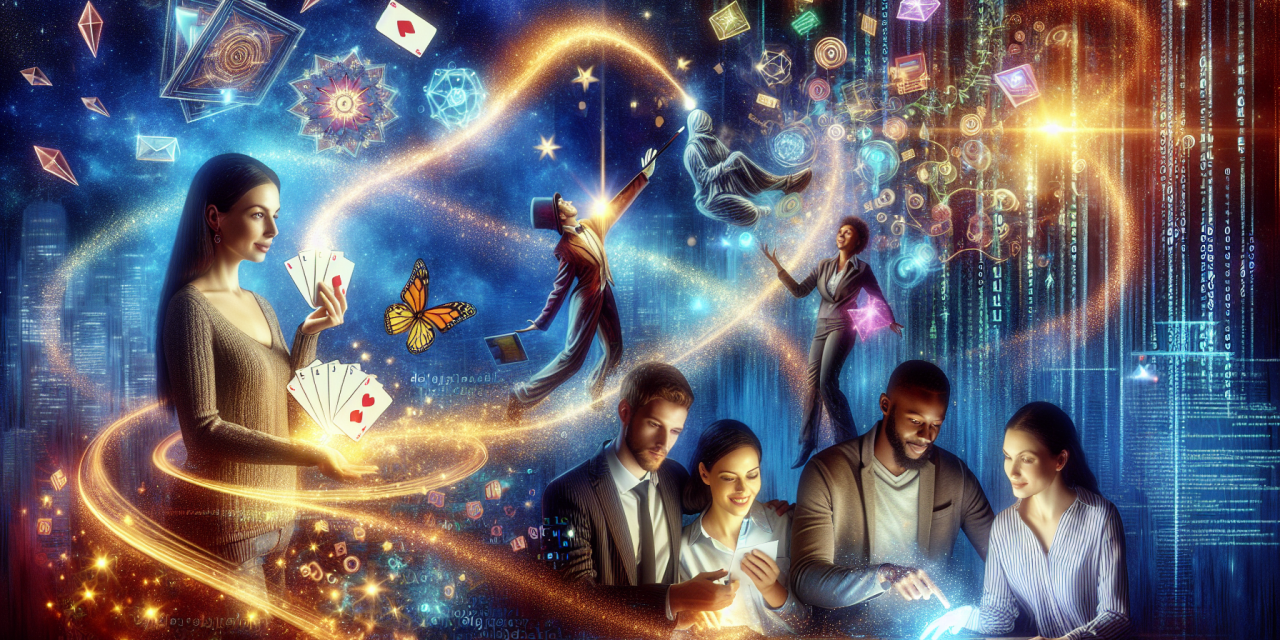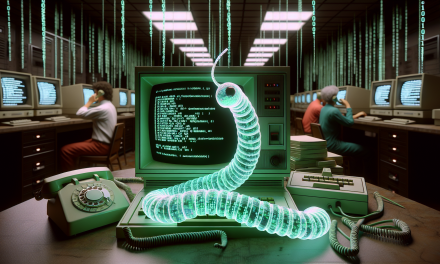Ever watched a master magician perform, only to discover there were actually three performers working in perfect harmony behind what looked like one impossible trick? The person distracting you with witty banter, the assistant seamlessly managing props, and the magician executing the finale—all working together to create something far more spectacular than any could achieve alone. This collaborative magic happens everywhere, and programming is no exception.
When you picture a coder, you might imagine someone hunched over a laptop in a dimly lit room, fingers flying across the keyboard in solitary concentration. While that scene certainly exists, some of the most extraordinary code emerges from collaboration—programmers working together like a well-rehearsed magic troupe to create digital wonders that would be impossible for any individual to craft alone.
The Art of the Code Review: Your Programming Peer
Imagine you’re preparing for a magic show, and you’ve been practicing a new card trick for weeks. You think you’ve got it perfect, but then you perform it for a friend who immediately points out that they can see you hiding the ace in your palm. That moment of feedback—however deflating it might feel initially—is pure gold.
Code reviews work exactly the same way. When you write code, you’re so focused on making it work that you might miss obvious problems. Maybe you’ve created a shortcut that only makes sense to you, or perhaps there’s a more elegant solution hiding in plain sight. Another programmer looking at your code brings fresh eyes and different experiences to the table.
During a code review, your colleague might spot a bug you missed, suggest a more efficient approach, or simply ask “What does this part do?” That last question is particularly magical—if you can’t explain your code clearly to another person, it’s probably too complicated. Just like a magic trick that requires a ten-minute setup explanation loses its impact, overly complex code becomes difficult to maintain and understand.
The beauty of code reviews isn’t just catching mistakes. They’re educational exchanges where both people learn something new. The person reviewing might discover a clever technique they hadn’t seen before, while the person being reviewed gains insights into how others interpret their work.
Pair Programming: The Perfect Double Act
Some magic acts work best with two performers. Think of Penn and Teller—one provides the technical brilliance while the other offers commentary and engagement. Pair programming operates on a similar principle, with two programmers working together at the same computer to solve problems.
In pair programming, one person takes the role of the “driver”—they control the keyboard and write the actual code. The other person becomes the “navigator”—they think about the bigger picture, spot potential issues, and suggest directions. It’s like having one person focus on the intricate hand movements of a card trick while their partner watches for the audience’s reactions and ensures the overall performance flows smoothly.
This might sound inefficient at first glance. After all, wouldn’t two programmers accomplish more working on separate tasks? Actually, research shows that pair programming often produces higher quality code with fewer bugs, and the solutions tend to be more creative than what either programmer would create individually. It’s the programming equivalent of that moment when two magicians bounce ideas off each other and suddenly invent a completely new type of illusion.
The roles of driver and navigator switch back and forth throughout the session. When you’re navigating, you might notice patterns the driver is missing. When you’re driving, the navigator might suggest a function you forgot existed. This constant collaboration creates a feedback loop that catches problems early and generates solutions neither person would have discovered alone.
Open Source: The Grand Ensemble Performance
Now imagine a magic show performed by hundreds of magicians from around the world, each contributing their specialty to create an impossible spectacle. Welcome to open source programming—the digital equivalent of the world’s largest collaborative magic performance.
Open source projects are pieces of software that anyone can examine, modify, and improve. Linux, the operating system running on millions of servers worldwide, is created by thousands of programmers who have never met in person. The Firefox web browser, the Python programming language, and countless other tools we rely on daily emerge from this collaborative approach.
What makes this work is a combination of shared vision and distributed responsibility. Each contributor might work on a small piece—fixing a bug, adding a feature, improving documentation—but together they create software more powerful and reliable than any single company could develop. It’s like each magician perfecting one element of an enormous illusion, trusting that their piece will combine seamlessly with hundreds of others.
The feedback mechanisms in open source development are particularly fascinating. Before any code gets added to a major project, it goes through reviews, discussions, and testing by multiple people. Problems get spotted and fixed quickly because so many eyes are examining the work. This creates a quality control system that rivals the most rigorous professional environments.
The Magic of Collective Problem-Solving
When programmers collaborate, something remarkable happens that goes beyond just catching each other’s mistakes. Different people bring different approaches to the same problem, and these diverse perspectives often lead to solutions none of them would have found individually.
Consider debugging—the process of finding and fixing problems in code. A programmer who’s been staring at a bug for hours might be too close to see the issue clearly. A fresh pair of eyes might immediately spot that a variable is declared in the wrong place, or that the logic flows in an unexpected direction. It’s like having a fellow magician watch your practice and immediately notice that you’re telegraphing the trick’s secret to the audience.
Collaboration also accelerates learning in ways that feel almost magical. When you work with someone more experienced, you absorb their techniques and thinking patterns. When you work with someone newer to programming, their questions force you to examine your assumptions and explain concepts clearly. Both experiences make you a better programmer.
The joy of collaborative programming often lies in those breakthrough moments when multiple minds suddenly click together around a solution. You might be discussing an approach with a teammate when suddenly you both realize there’s an entirely different way to tackle the problem—one that’s more elegant, more efficient, or more user-friendly than either of you originally envisioned.
Building Trust in the Collaborative Process
Like any good magic partnership, collaborative programming requires trust. You need to trust that your teammates will give honest, constructive feedback rather than just criticism. You need to trust that when someone suggests changes to your code, they’re trying to make the project better, not show off their own expertise.
This trust builds gradually through positive experiences. Maybe a colleague’s suggestion saves you hours of debugging later. Perhaps your code review catches a security vulnerability that could have caused serious problems. Over time, you learn that collaboration makes everyone’s work stronger, even when the immediate feedback might sting a little.
The best collaborative programming environments feel psychologically safe. People can admit when they don’t understand something, ask questions that might seem obvious, and propose ideas that might not work out. This openness is essential because programming inherently involves dealing with uncertainty and failure—you try approaches, discover they don’t work, and iterate toward better solutions.
Just as magicians in a trusted partnership can take creative risks knowing their partner will cover for them if something goes wrong, programmers in a collaborative environment can experiment with innovative approaches knowing their teammates will help refine and improve the results.
The next time you see an elegant piece of software or a particularly smooth user experience, remember that behind that polished result likely stands a team of programmers who collaborated, questioned each other’s assumptions, shared their knowledge, and together created something more magical than any individual effort could achieve. In programming, as in the best magic performances, the real trick isn’t making the impossible look easy—it’s making the collaborative work invisible while producing results that seem to emerge from nowhere, when they actually come from everywhere at once.








